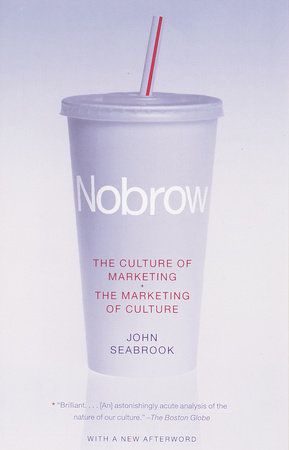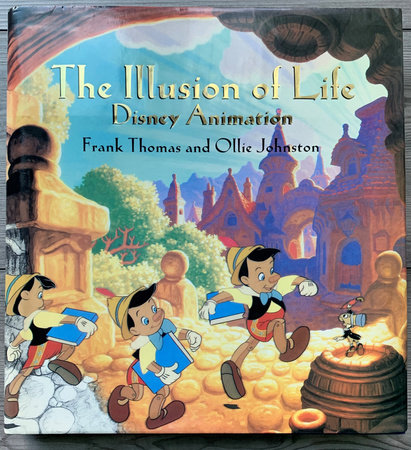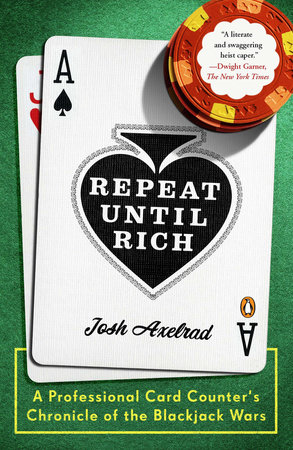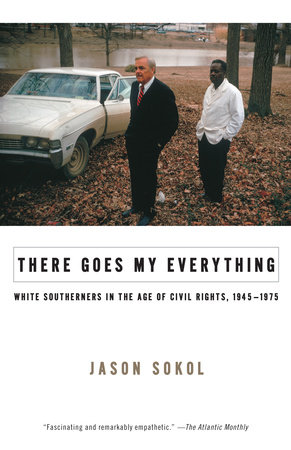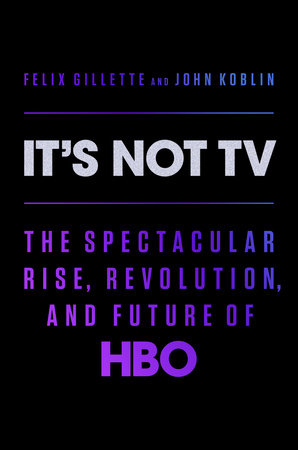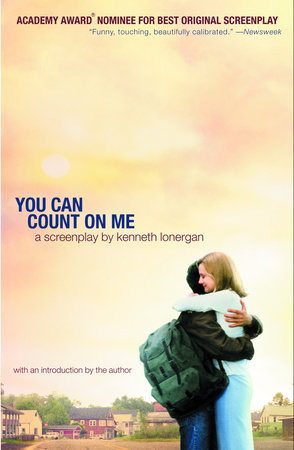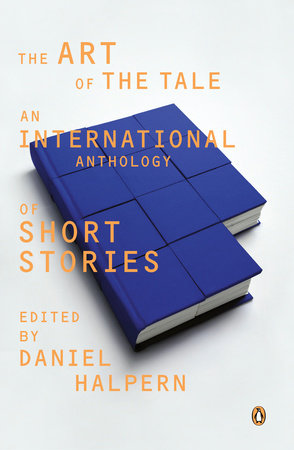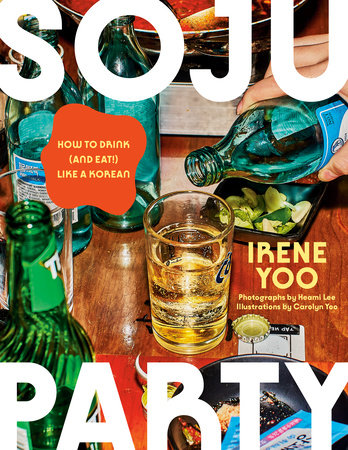Q: In the book you talk about "Nobrow moments." What are those?
A: Nobrow moments are glimpses of the new order, which is not like the old hierarchy of high and low, although there is a hierarchy of sorts. Dizziness, abrupt shifts in aesthetic perspective, and sudden losses of status are common symptoms Nobrow moments.
Here is a Nobrow moment from the book:
One day, Steven Spielberg came to the New Yorker office. I happened to be up on 17, where our leader Tina Brown and her editors worked, "the killing floor" as one editor referred to it, when I looked up and saw Spielberg and Tina, looking fetching in one of her cream-colored suits, sweep past. She and a small crowd, me included, drifted down toward the area outside her office, where Tina tried in her charmingly inept way to engage Spielberg in small talk. Was there anything at the New Yorker that the maitre wished to see? Spielberg, who seemed like an earnest middlebrow in the old New Yorker mode, admitted that he would love to see the famous library, which was down on 16 — a musty but sacred spot to anyone who cherished the old New Yorker and what it stood for. The library! exclaimed Tina. Wonderful! Then, turning to an aide, she was heard to whisper, "Where’s the library?"
Other such moments in the book include:
– a Chemical Brothers show
– sitting in front of a Pipilotti Rist video in the downtown Guggenheim, on lower Broadway
– a visit to Pottery Barn in Soho
– shopping in the Virgin Megastore in Times Square
– visiting David Geffen in Jack Warner’s old mansion atop Beverley Hills.
– sitting with George Lucas in an editting room below Skywalker Ranch
Anyone can have a Nobrow moment. You can have them in museums, for example, where must-see blockbusters have replaced the old, quieter exhibitions, a practice defended in the New York Times by Ben Hartley, the Guggenheims’ director of communication, who said, "We are in the entertainment business and competing against other forms of entertainment out there."
– The Sensation Show, especially the revelation that while the old highbrows were defending free expression against Mayor Guiliani, the museum itself was engaging in the lowbrow practice of exhibiting Charles Saatichi’s collection in return for his $100,000 donation.
– The Costume Institute’s Rock Show at the Metropolitan Museum
– The MTV Video Music Awards at the Metropolitan Opera.
Conversely, in what used to be lowbrow venues you now find high art. Paintings by van Gogh and Monet are the headliners at the Bellagio Hotel, in Las Vegas, while the Cirque de Soliel borrows freely from performance art in creating the spectacle inside.
– Michael Graves’ knock off of his Alessi teapot, an icon of highbrow design, for the discount mass marketer Target (pronounced "tar-jay" in Nobrow). In designing for Target, is Michael Graves bringing good taste to the masses — as he argues — or is he merely cashing in on his name as an architect? Of such conundrums is Nobrow composed.
– Helmut Lang’s jeans line, which is above the Gap in the price hierarchy but below the Gap in the style hierarchy. There was a time when mass merchants like the Gap borrowed from the high styles of elite designers like Helmut Lang, selling inferior versions of designer clothes for much cheaper. A highend designer might make a tee shirt, but it looked like an expensive tee shirt. But Helmut Lang s T-shirts and jeans look just like Gap clothes — cotton T’s, cargo pants, cords — and this is what makes them distinctive. That’s Nobrow.
